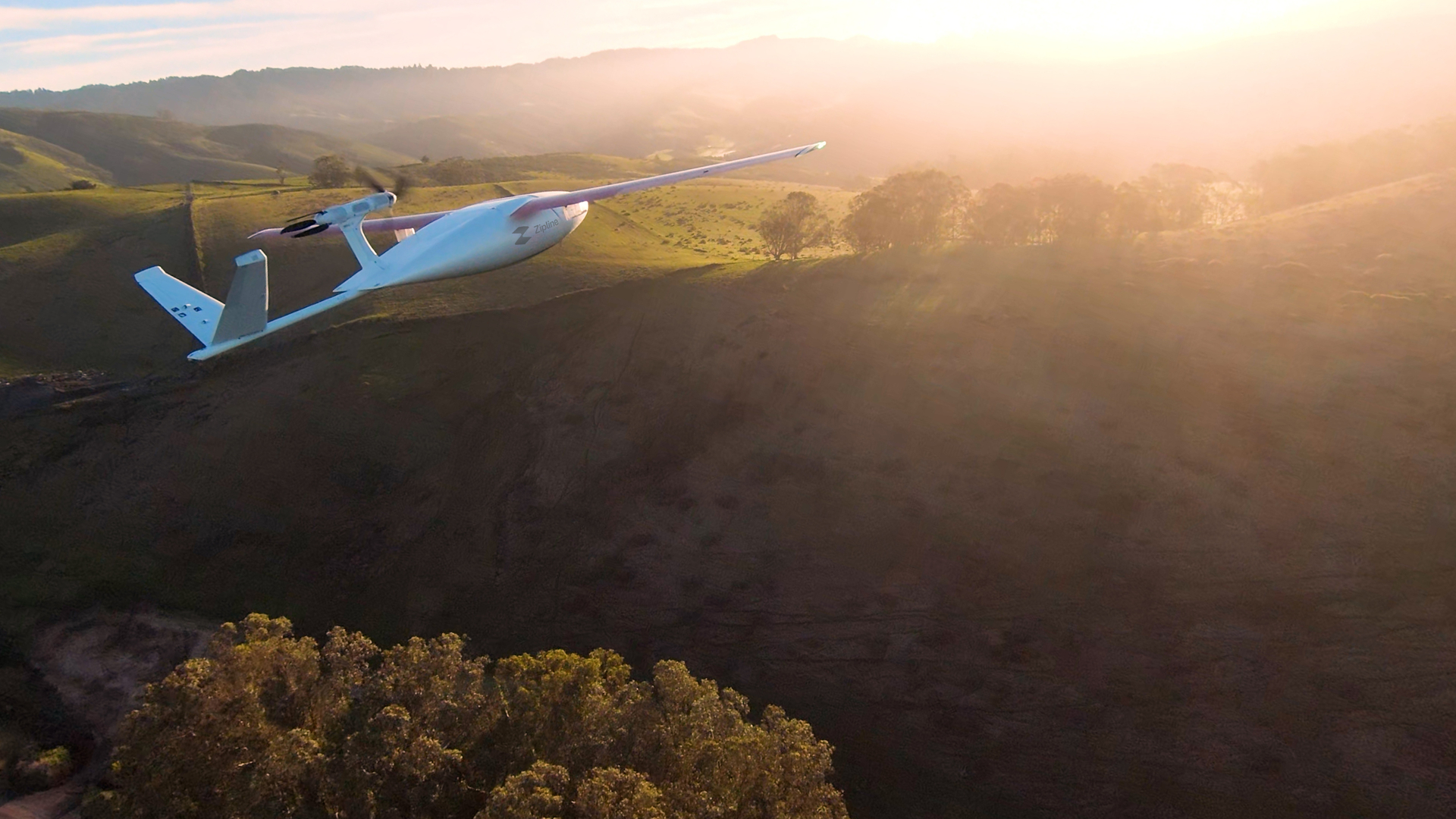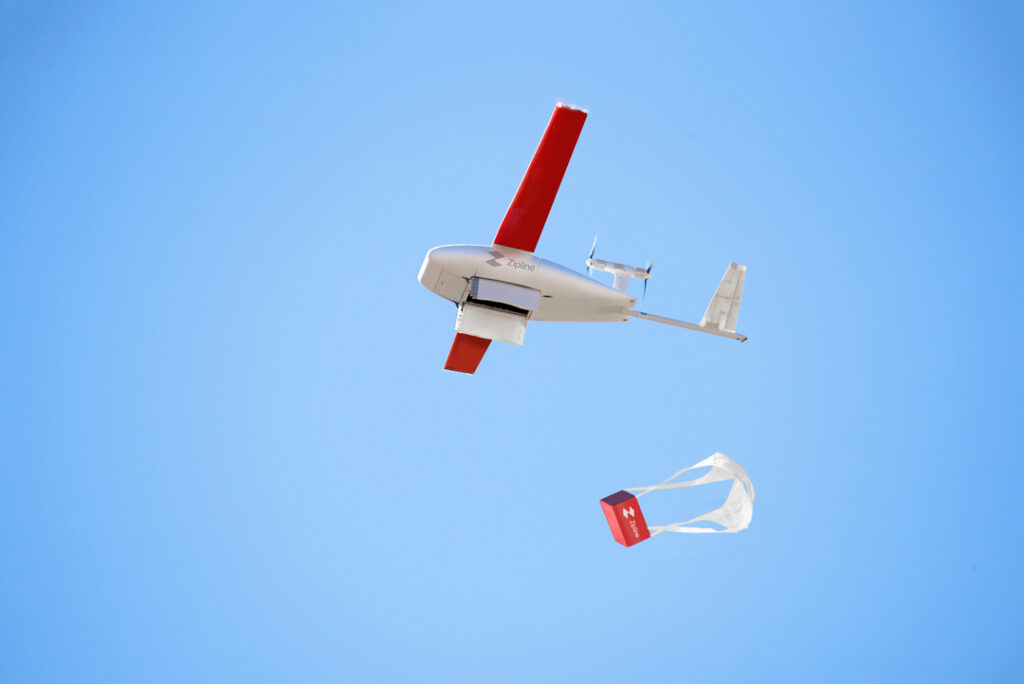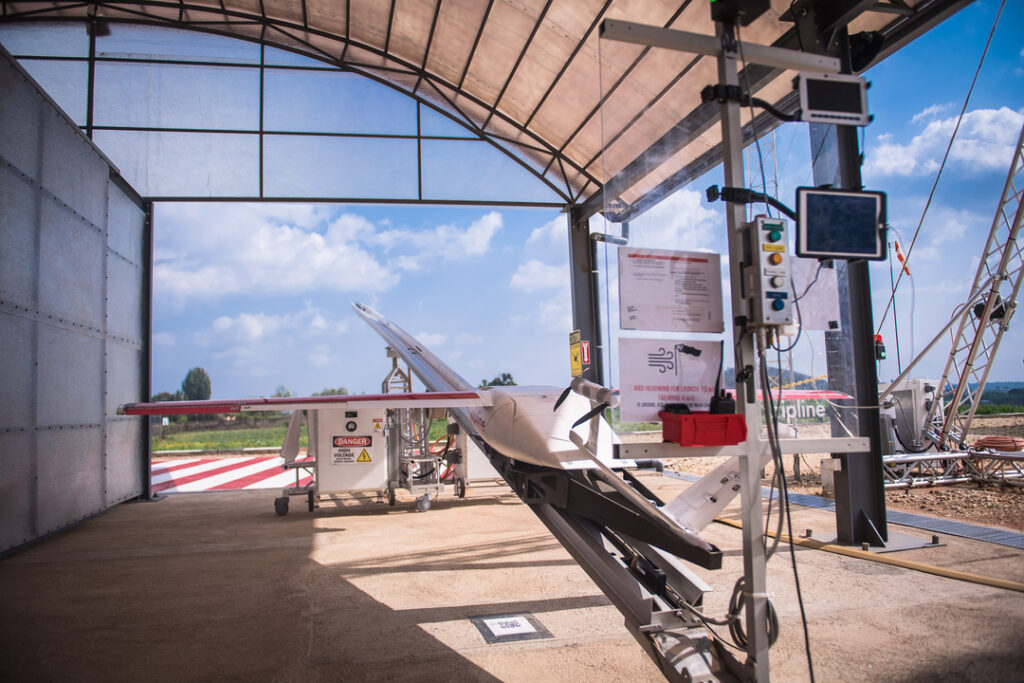Tech
Choosing the Right iPhone: Is the Latest Model Worth the Price?

Apple’s iPhone lineup continues to evolve, presenting consumers with a plethora of choices. With the recent unveiling of the iPhone 15 series, many are pondering the age-old question: Is the latest model worth the price, or is the previous generation a smarter buy? Here’s a breakdown to guide your decision:
For the Professional Photographer: iPhone 15 Pro & iPhone 15 Pro Max
These models cater to those who demand the pinnacle of camera technology. The Super Retina XDR display with ProMotion and Always-On features ensures photographers can view their shots with unmatched clarity. However, if photography isn’t your primary concern, the price jump might not be justified.
For the Everyday User: iPhone 15 & iPhone 15 Plus
While these models offer the latest features, the question remains: Are the enhancements significant enough to warrant the higher price tag? For the average user, the iPhone 14 or 14 Plus might offer better value, providing a similar experience at a reduced cost.
For the Tech Enthusiast: iPhone 14 Pro & iPhone 14 Pro Max
For those who love staying updated with technology but are budget-conscious, the iPhone 14 Pro series is a compelling choice. You’ll get nearly all the features of the 15 Pro at a more attractive price point, making it a savvy purchase.
For the Budget-Conscious: iPhone 14 & iPhone 14 Plus
These models are a testament to the fact that you don’t need to spend a fortune to get a modern iPhone experience. They offer the Super Retina XDR display and a range of colors, delivering excellent value for their price.
For Compact Phone Lovers: iPhone 13 Mini
If you’re nostalgic for the days of smaller phones but don’t want to compromise on modern features, the iPhone 13 Mini is a steal. It provides the benefits of the iPhone 13 series in a compact form.
For a Balanced Experience: iPhone 13 & iPhone 13 Pro
These models strike a balance between performance, camera quality, and cost. They’re perfect for those who want a high-quality phone without the latest model’s premium.
The Verdict
While the allure of the latest iPhone is undeniable, it’s essential to assess whether the new features justify the higher price. For many, the iPhone 14 series offers a near-identical experience at a more palatable cost. Before making a purchase, weigh the improvements in the iPhone 15 against its price. Remember, sometimes the smartest buy isn’t the latest one, but the one that offers the best value for your needs. As always, a visit to an Apple store or authorized reseller can provide hands-on experience to help guide your decision.

Sport
Tech Touchdown: Revolutionizing Sports Training with Modern Tools

In the realm of sports, the quest for excellence has always been relentless. Athletes push the boundaries of human potential, striving for that extra inch, that split-second advantage, or that elusive perfect form. But while raw talent and hard work remain at the core of any champion’s journey, the role of technology in modern sports training has become an indispensable ally in this pursuit of perfection.
Historically, sports training was largely a matter of personal experience and observational feedback. Coaches would watch, instruct, and correct based on what they saw and knew. Today, however, technology offers a more nuanced, detailed, and scientific approach to training. It provides insights that the naked eye can’t perceive and data that human intuition wouldn’t guess.
Take, for instance, the world of wearable technology. Devices like smartwatches, fitness trackers, and even smart clothing have revolutionized the way athletes understand their bodies. These gadgets can monitor heart rate, track movement in three dimensions, measure force and power, and even analyze sweat to determine an athlete’s hydration level. Such detailed biometric data allows for personalized training regimens that can be tailored to an athlete’s specific needs, ensuring that they are always training at their optimal level.
Beyond wearables, video analysis software has transformed the way athletes and coaches review performance. High-definition, slow-motion replay can break down every micro-movement of an athlete’s technique. In sports like swimming or golf, where technique is paramount, this kind of analysis can be the difference between a good athlete and a great one. By studying their form in such detail, athletes can make minute adjustments that lead to significant improvements.
Simultaneously, virtual reality (VR) and augmented reality (AR) are emerging as game-changers in sports training. Imagine a quarterback practicing plays not on the field, but in a virtual stadium, complete with virtual defenders. Or a skier navigating a virtual downhill course before the actual race. These technologies immerse athletes in realistic training scenarios, allowing them to practice and refine their skills in a controlled environment.
Another fascinating advancement is in the realm of data analytics. With the proliferation of sensors and smart equipment, everything from a basketball to a tennis racket can collect data. This data, when processed and analyzed, can offer insights into performance trends, strengths, weaknesses, and areas of improvement. It’s not just about how fast an athlete runs or how high they jump, but about understanding the intricate patterns and nuances of their performance.
Of course, with the integration of technology comes the responsibility of using it wisely. There’s a delicate balance to be struck between relying on tech and maintaining the human touch in training. After all, while data can provide valuable insights, it’s the human spirit, determination, and passion that drive sports. Coaches and trainers must ensure that technology serves as a tool to enhance, not replace, the personal connection and understanding that lie at the heart of sports training.
The role of technology in modern sports training is profound and transformative. It offers a depth of understanding and precision that was previously unimaginable. As athletes and coaches harness the power of these technological tools, the boundaries of what’s possible in sports continue to expand. The future of sports training, powered by technology, promises to be an exciting journey of discovery, innovation, and ever-greater achievements.
Tech
The Green Wings of Tomorrow: The Quest for Eco-Friendly Skies

Air travel has always been synonymous with adventure, business, and connection. But as the world becomes more conscious of its carbon footprint, there’s a growing urgency to paint our skies green. While the dream of completely eco-friendly air travel might seem distant, the industry is already soaring with innovations.
Imagine a world where our planes are powered by waste oils, agricultural residues, and other renewable resources. This isn’t a scene from a futuristic movie but the reality of Sustainable Aviation Fuels (SAFs). By blending these with conventional jet fuel, the aviation industry has found a way to potentially cut down CO2 emissions by a staggering 80% over their lifecycle. It’s as if our airplanes are sipping on green smoothies!
Then there’s the concept of carbon offsetting. While it might sound like a complex term, it’s the aviation world’s way of giving back. For every ton of CO2 emitted during a flight, airlines and passengers can invest in environmental projects that capture or reduce an equivalent amount of CO2 elsewhere. It’s a balancing act, ensuring that our love for travel doesn’t cost the earth.
Modern planes aren’t just about aesthetics. Their sleek designs and cutting-edge engines are meticulously crafted to reduce drag and consume less fuel. It’s a marriage of form and function, ensuring that every flight is as efficient as possible. And it’s not just about the hardware; it’s also about the strategy. Pilots and airlines are adopting smarter flying techniques, like continuous descent approaches and optimized flight paths, to further reduce their carbon footprint.
But amidst all these innovations, there’s a question that often pops up: If we can have electric cars, why not electric planes? The journey to electrifying the skies, however, is riddled with challenges.
Jet fuel, for all its environmental drawbacks, is incredibly energy-dense. Current batteries, in comparison, just can’t store as much energy for the same weight. This limits the range and payload of electric planes, making those long-haul flights we’ve grown accustomed to a challenge.
And while a plane lightens as it burns fuel, making it more efficient as it travels, batteries remain consistently heavy from takeoff to landing. This consistent weight means electric planes have to work harder throughout the entirety of their flight.
Infrastructure is another hurdle. The vast charging systems required for a fleet of electric planes are still in their developmental stages. And even when they’re ready, there’s the lengthy process of safety certifications and testing, ensuring that these new birds are fit to fly.
Lastly, the aviation industry, known for its tight margins, is cautious. The initial investment for electric planes is substantial, and the uncertainties surrounding their operational costs make many airlines hesitant.
The dream of eco-friendly skies is very much alive and evolving. While electric planes may face headwinds, the industry’s commitment to sustainability is unwavering. With every innovation and every flight, we’re not just traveling to new destinations but also journeying towards a greener future. The next time you gaze up at a plane, remember that it’s not just a marvel of engineering but also a testament to human ingenuity and our commitment to the planet.
Tech
From Rwanda’s Skies to Western Horizons: The Promise of Project Zipline

In the verdant landscapes of Rwanda, a quiet revolution is taking to the skies. This revolution, known as Project Zipline, is a beacon of innovation, demonstrating how technology can bridge gaps in healthcare access. Born out of a collaboration between the Rwandan government and Silicon Valley startup Zipline, this initiative uses drones to swiftly deliver essential medical supplies to the country’s most remote corners.
Rwanda, with its challenging terrains and limited road infrastructure, often faced delays in getting critical medical supplies to those in need. Traditional delivery methods were hampered by mountains, rivers, and the sheer vastness of the land. Enter Zipline’s drones, which transformed this landscape of delay into a horizon of hope. These drones, flying at impressive speeds of up to 100 km/h, have become lifelines, ensuring that blood, vaccines, and medications reach health centers promptly, regardless of the weather or time of day.

But as the drones crisscross Rwanda’s skies, one can’t help but wonder: could this system take flight in the West? At first glance, Western countries, with their sprawling highways and advanced infrastructure, might seem like unlikely candidates for such a system. However, upon closer examination, the potential becomes clear.
Consider the vast rural expanses of countries like Canada or the United States. In these regions, communities can be isolated, with healthcare facilities spaced far apart. For these communities, drones could be game-changers, ensuring timely access to medical supplies. Moreover, in disaster scenarios, where roads become impassable, drones could be the difference between life and death, delivering essential supplies to those in dire need.
Urban areas, too, stand to benefit. Picture cities like Los Angeles or New York, where traffic congestion is a daily reality. In emergency situations, where every second counts, drones could bypass these gridlocks, ensuring that vital medical supplies reach their destination without delay. And as the world grapples with challenges like the COVID-19 pandemic, the contactless delivery offered by drones presents a safer alternative, minimizing human-to-human transmission risks.
Yet, as with all innovations, challenges loom on the horizon. The bustling airspace of Western countries demands meticulous air traffic management to prevent drone collisions. Regulatory hurdles, too, must be navigated, as aviation authorities seek to integrate drones into established frameworks. And, of course, there are the ever-present concerns about privacy, with drones flying over residential areas.

Project Zipline, while rooted in Rwanda’s unique challenges, offers a vision that transcends borders. Its drones, once symbols of hope for remote Rwandan villages, now beckon to the West, promising a future where healthcare access is not bound by terrain or distance but is truly universal. As we stand at this crossroads of possibility, one thing is clear: the future of healthcare delivery is looking up.
-

 News2 years ago
News2 years agoHuawei’s Bold Move into AI: A New Era or Another Controversy?
-

 Lifestyle2 years ago
Lifestyle2 years agoApple’s Vision Pro: Setting New Standards in VR and AR Technology
-

 Tech2 years ago
Tech2 years agoThe Horizon of Innovation: The 10 Most Promising Future Technologies Shaping Our Tomorrow
-

 News2 years ago
News2 years agoTragic Bus Crash in New York Claims Two Lives; Multiple Students Injured
-

 News2 years ago
News2 years agoEscalation in Ukraine-Russia Conflict: Missile Strikes Target Key Installations in Crimea
-

 Politics2 years ago
Politics2 years agoPoland Halts Arms Shipments to Ukraine Amid Rising Tensions Over Grain Ban
-

 News2 years ago
News2 years agoHouse GOP Faces Deep Divisions Over Government Funding Ahead of Deadline
-

 Health2 years ago
Health2 years agoThe Placebo Effect: A Double-Edged Sword in Modern Medicine